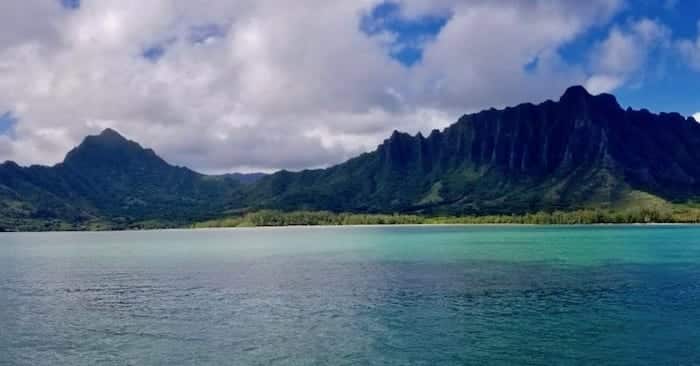See you later alligator
Alligators can be found from Florida to Texas, and north into North Carolina and possibly even Tennessee. 3 species are present, with the American alligator being predominant, followed by the American crocodile in southern Florida, and the caiman is an exotic species present in southern Florida.
There have been 24 documented deaths from crocodilians in the United States. This is in addition to the 567 reported adverse encounters in the same time frame (1928-2009). The encounters are predominantly caused by human encroachment into alligator territory. All reported attacks are limited to the American alligator.
This article gives some pointers on alligator attacks. These include:
- Don’t go to Florida. 91.6% of fatalities and 90.8% of documented attacks occur there.
- Males represent 85.4% of attacks.
- Most bites (81%) are single bites.
- 80.8% of bites are on the hand or arm.
- 26.5% of bites occur while handling alligators (shocking, I tell you). Wading and swimming combined make up 30%.
- Noon to 6pm is the highest incidence of bites.
- May to August are the worst months for alligator bites.
- 54.8% of the bites were felt to be unprovoked, and 33% were felt to be provoked.
- 29.2% of the cases were consistent with the alligators treating humans as prey.
- Most fatal attacks involve alligators greater than 8ft in length, so avoid the big ones.
- 38 bacteria and 20 fungal species have been cultured from alligator mouths, and overwhelming sepsis has been a cause of death after an attack.
- Alcohol wasn’t reported commonly.
Sadly, no advice is given on how to survive an attack once it starts, and treatment descriptions are lacking. But the article does help reinforce common sense when it comes to animals that hunt humans. One last thing, don’t run away in a zig zag pattern. That’s a myth. Just run straight away as fast as you can.
Langley RL. Adverse encounters with alligators in the United States: an update. Wilderness Environ Med. 2010 Jun;21(2):156-63. [PMID 20591380]

EBM Gone Wild
Wilderness Medicine
Emergency physician with interests in wilderness and prehospital medicine. Medical Director of the Texas State Aquarium, Padre Island National Seashore, Robstown EMS, and Code 3 ER | EBM gone Wild | @EBMGoneWild |
